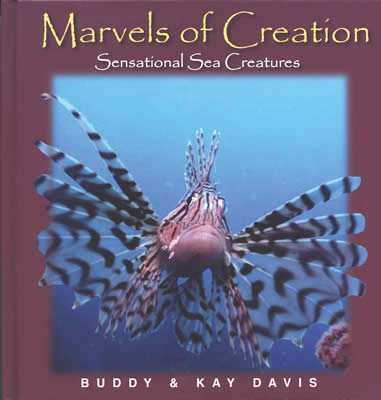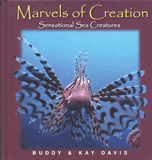There are 400 species of related fishes belonging to the grouper family known as Serranidae. Groupers live in tropical and temperate seas and some inhabit fresh water. They are noted for their huge jaws and heads. The jaws are armed with many needle-like teeth that point backwards.
Groupers vary in size from an adult of only one inch in length to over 12 feet (3.7 m) long, and weighing 1/2 ton (454 kg). The grouper’s huge mouth is like an underwater sweeper. Its suction can draw in any prey it wants—including man—in one big gulp. There are no known, authenticated human deaths caused by groupers but many close calls are recorded. Some disappearances of divers have been blamed on these huge deep-sea monsters.
Some members of the grouper clan are hermaphrodite. This means that the fish has both male and female reproductive organs. Young groupers from two to five years old are usually all females. At seven to ten years of age, they usually turn into males. There is an in-between stage where they are neither sex and cannot reproduce.
The grouper can change color patterns to blend into its background. This quick-change artist has been reported to disappear into coral with brown bands and a blue body and come out the other side colored a brilliant yellow with black dots.
The grouper family is a valuable food fish and a sport fish as well. The giant grouper of the Indo-Pacific is reported to stalk divers. Pearl divers have a healthy respect for the giant predator.
Grouper
Perciformes • Serranidae
Epinephelus lanceolatus
Weight: Up to 1/2 ton (454 kg)
Length: From 1 inch to over 12 feet
(2.5 cm–3.7 m)
Special Design Feature: Some groupers
have both male and female reproductive
organs.
Did You Know? Some groupers are large
enough to swallow a human in one gulp.

Marvels of Creation: Sensational Sea Creatures
Brings the world of the sea alive in a unique and colorful way with photographs, a page of facts and commentaries.
Browse Kids BookRecommended Resources
- © 2024 Answers in Genesis
- Privacy Policy
- Contact
- About



